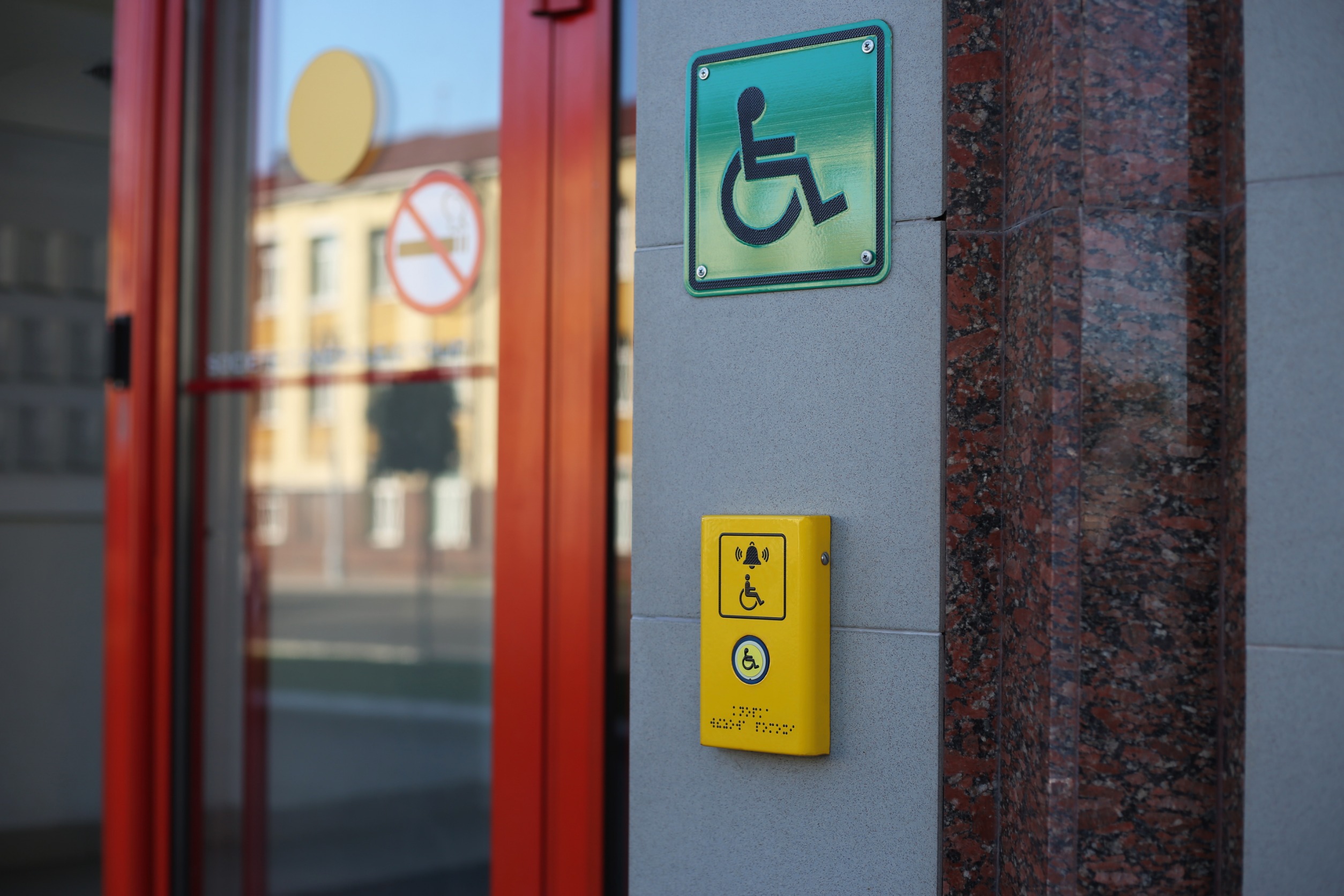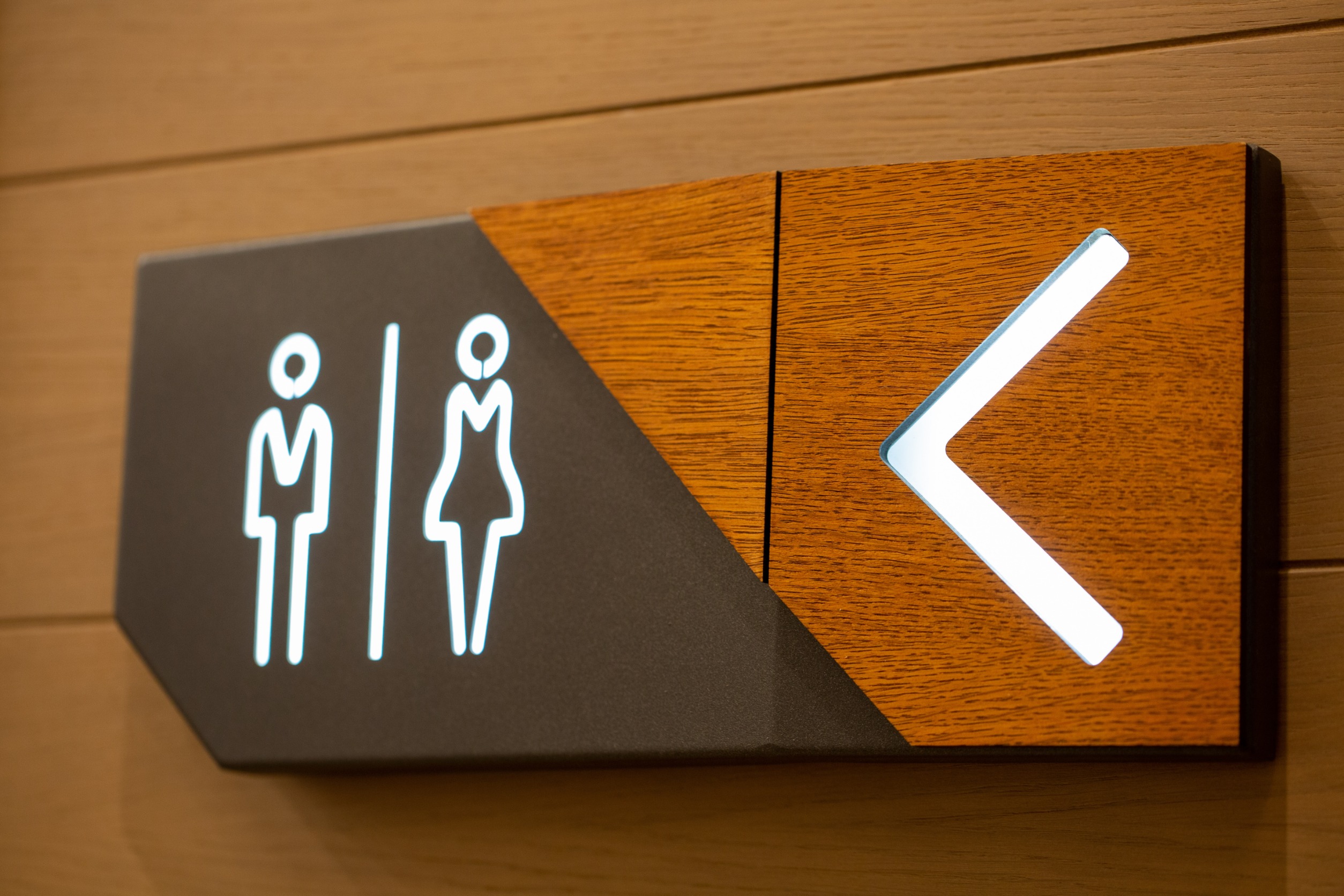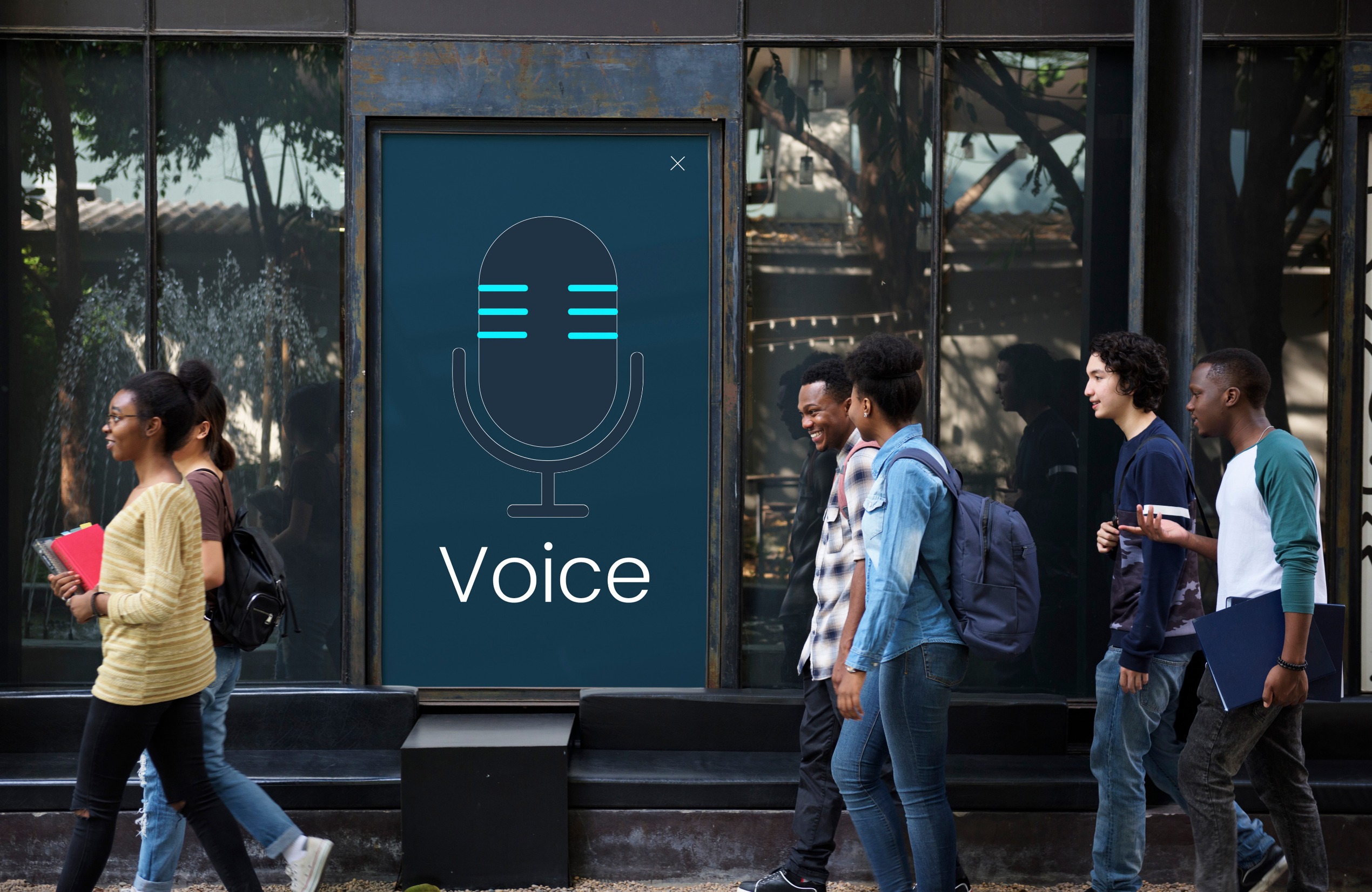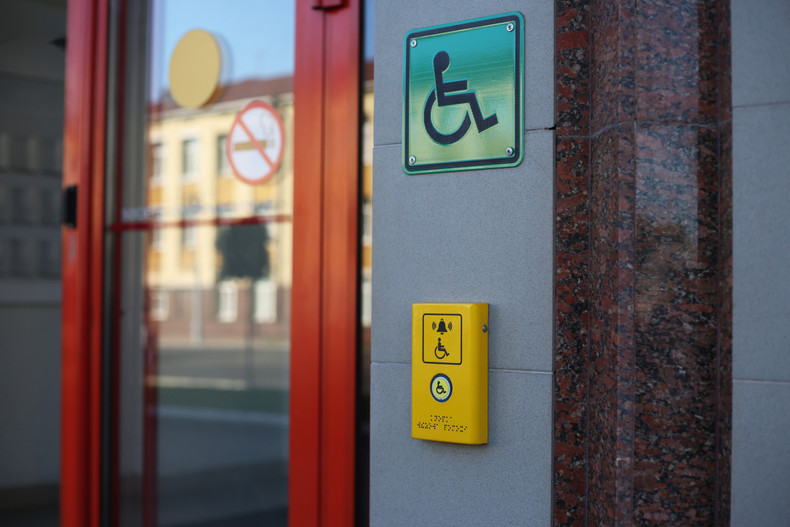
6 Future Trends in ADA Signage
The Americans with Disabilities Act is a landmark civil rights law signed by then-President George H.W. Bush in 1990. It was designed to make this world a more inclusive place for individuals with disabilities by providing civil rights protections – similar to those given based on race, color, sex, religion, and more.
The ADA is divided into five titles, also known as sections:
- Title I provides equal employment opportunity for people with disabilities.
- Title II prohibits discrimination on the basis of disability in state and local governments.
- Title III prohibits public accommodations and commercial facilities from discriminating against people with disabilities.
- Title IV provides telephone and television access for people with hearing or speech disabilities.
- Title V covers a wide range of miscellaneous provisions in regard to the ADA, as a whole.
The ADA will be celebrating its 34th birthday later this year as it continues to enrich and empower the lives of millions of people across the country – while also setting a framework for other countries to follow.
And that’s where ADA signage comes into play.
As we enter another year of evolution for the ADA and everything it stands for, we encourage businesses (and other public places) of all shapes and sizes to recognize the importance of ADA signage – because without it, people with disabilities would struggle to live a happy, normal, healthy, and rewarding life.

Looking at the Future of Creating ADA-Compliant Signage
One thing we have to respect about the Americans with Disabilities Act is that expectations are always changing – the ADA we see today isn’t the same ADA that was signed in 1990, but why is that?
Well, to put it simply, expectations are always changing – and so are the needs of people with disabilities.
Businesses, government buildings, and other public accommodations need to make sure they’re listening and paying attention to the disabled community. It’s the only way they’ll know how to best serve them, and it’s the only way the ADA will continue to evolve to better meet its goal of a more inclusive society for all.
Don’t worry – we’re going to discuss some of the growing trends we’re seeing with ADA-compliant signs in 2024 and beyond. Follow along as we highlight what the future has in store for the ADA!

1. Eco-Friendly Materials & Methods
With the world continuing to take steps toward a greener and safer environment, many sign purchasers are asking manufacturers to reduce their carbon footprint by using sustainable and eco-friendly materials. And it’s not just what the signs are made of that has customers worried, but also how the signs are made.
PRO TIP: When opting for material other than plastic, make sure you’re not compromising the integrity of what the ADA stands for. Every move you make needs to be in the best interest of people with disabilities.
2. Emphasis on Signs Made in the USA
If there’s one thing Americans want to see when it comes to ADA signage, it’s that coveted ‘Made in the USA’ sticker on the tag. There’s nothing quite like that feeling of supporting your own country – your own community. The rarer it gets, the more appreciative customers will be when they finally come across it.
PRO TIP: Most manufacturers list where their signs are manufactured – you can usually find this info on their ‘About’ page. For example, ADA Central (that’s us!) is based out of Cairo, Nebraska.
3. Interactive, Touchscreen, & Digital Signage
You didn’t think we were going to talk about trends without talking about assistive technology, did you? While it’s important to maintain compliance, there are a lot of ways to incorporate touchscreen and digital accessibility displays with your ADA signage. It’s a modern take on ADA compliance, which this generation will appreciate.
PRO TIP: Anytime you use a touchscreen or digital display, opt for a glare-free screen (such as a matte coating) and high-contrast designs (to ensure visibility). If using video, always include subtitles.

4. Voice-Controlled & Audio-Infused Signage
If you really want to impress your customers, employees, and other guests, then you’ll love the idea behind voice-controlled ADA signage. For those who suffer from visual impairments, they could simply talk to the screen and ask it what they want to know – offering a clear and concise answer in response.
PRO TIP: This technology is still rather new, so make sure you do your research first and test it out (not just once) before implementing it. To ensure inclusivity, program it to understand multiple languages.
5. Incorporating Branding Into ADA Signage
ADA signage serves a vital purpose in today’s society, but that doesn’t mean it can’t also be used as a marketing tool – because it can! Since accessible signs are located throughout your business, why not put your company logo, name, or even a photo of yourself to help customers better identify your brand?
PRO TIP: As long as you maintain ADA standards with the design, shape, text, and placement of the sign, you can add as many graphics and logos as you’d like – just make sure it’s easy to see and read!
6. Custom ADA Signage
There comes a time when those cookie-cutter ADA signs simply don’t work. They might be too boring, not welcoming enough, or don’t mesh well with your building’s interior. If this sounds like you, then you’re in luck – custom ADA signs are very much a thing and they allow you to personalize every inch of your sign.
PRO TIP: If you plan on ordering custom ADA signage for your business or public space, make sure you work with a team that understands ADA guidelines, requirements, and regulations to ensure you maintain compliance.

How Can ADA Central Help?
At ADA Central, our goal is to save you the headache of trying to figure out what ADA signs you need, where you need them, why they’re important, and what they should look like.
To be honest, we’re experts at that – it’s what we do.
Not only do we work side-by-side with each and every customer, but we have a wide range of ADA signs available and are prepared to handle orders of any size – even custom ones! We make the process fast, easy, and well-understood – that way, you can get back to doing what your company does best.
To learn more about how ADA Central can help you achieve ADA compliance from the ground up, contact us today at (308) 221-8226 or start filling a cart with your favorite designs – we’ll be here if you need us!

